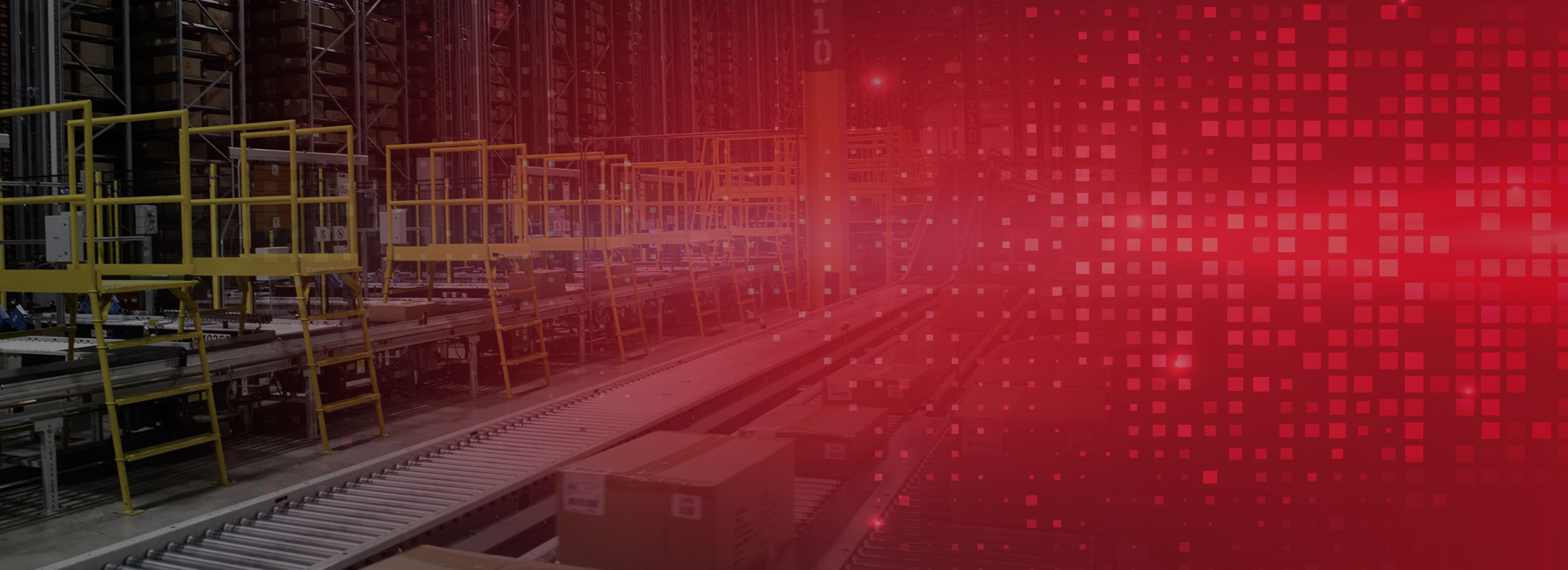Thirteen Simple Steps in Selecting a Picking Cart
One of the best techniques to improve productivity in a piece picking operation is the clustering of orders to be picked together. Of the several options to cluster orders, picking carts are frequently the first selected, as they are the least expensive and most flexible option. Regrettably picking carts often neither fully-achieve the originally calculated productivity improvements nor are well accepted by the pickers.
Following are the thirteen principal conditions that prevent picking carts from reaching their full potential and recommendations about how to address them.
1. Bad mechanical or ergonomic design
Often, the physical cart design is not given proper consideration. Each facility or operation has unique requirements that dictate the cart design. Small details can make a big difference. In the end, one of the largest factors in achieving productivity objectives is user acceptance. The adding of a shelf, or a step can be the key. Maneuverability is of extreme importance.
2. Congestion
Carts will increase congestion just because they occupy more space. If congestion is an issue, the carts mechanical design needs to insure that carts may easily pass one another in the work areas. Fast moving SKUs may need to be replicated (multi-locations for the same SKU) in different areas of the rack (contiguous locations do not help with congestion). Software needs to support this feature. The good thing is that congestion is easily predicted, and a well-designed system should be able to avoid this pitfall.
3. Mental sorting of orders
Requiring workers to mentally sort their orders reduces efficiency and adds unpredictability in the productivity of the system. Since the primary productivity improvement in the use of picking carts is travel reduction, elimination of any potential backtracking as a result of mental mis-sorting is essential.
4. Inefficient procedures
When picking carts are introduced, operating procedures are normally changed. There is always the temptation to make “other” process improvements when a change is incorporated. Many times these “other” improvements reduce the efficiency making it impossible to determine productivity gains resulting from the use of the carts. Streamlining the process through the elimination of unnecessary steps should be the prime objective. Where possible, additional process improvements should be delayed in order to measure the actual productivity improvements from the cart. Streamlined processes are the second most important factor in gaining worker acceptance.
5. Inefficient use of cart order fulfillment space
Order fulfillment carts reach their highest productivity when the number of orders being processed on the cart is maximized. As individual orders are completed yet continue to occupy an order fulfillment slot, the cart productivity decreases. Cart mechanical designs, operating procedures and order fulfillment software should allow dynamic re-assignment of order fulfillment locations (virtual batching). This feature will allow carts to continuously operate at maximum productivity by maintaining full utilization of all the accessible fulfillment locations.
6. Order starvation.
Carts operate most efficiently with maximum order and pick density. If there are insufficient orders to fill a cart, the supporting software should make provisions by allowing the cart to efficiently move to another work zone where there is available work or possibly wait for additional orders. A real problem with order starvation is that workers seem to be very busy (they are never idle) but what they are doing is walking too much and accomplishing very little. A system that recognizes this condition and compensates for it will maintain higher average efficiency.
7. Handling of shortages
Having pickers replenishing locations depleted of a requested SKU can be highly inefficient and unnecessary. For instance, if this is the only location for the SKU, the only possibility is to short the order. On the other hand, if there are other locations with the same SKU the system could re-allocate the picking location. An “adaptive” system that can automatically handle the exception will also drive up the average efficiency.
8. Restraining picker’s hand
Unfortunately, most pickers have only two hands, and they cannot spare either one of them. Hand held terminals, scanners, or clipboards reduce this key resource by 50%. Picking a device up, setting it down, pulling it from a holster, replacing it – all these operations can severely reduce productivity. Look for systems that keep your workers key resources as free as possible.
9. Directing pickers to locations already determined as out of stock
Make sure that the system directs pickers based on the latest current data; adapt the execution in real-time to the latest known system conditions. Reliance on printed lists produced much earlier for allocation works just fine as long as there are no exceptions. However, once an exception occurs, productivity can be decreased dramatically. Although these events may be rare, the recovery is very expensive. Real time systems, if properly designed, avoid these situations.
10. Selecting containers too small for the order (cartonization error)
If cartonization is system-directed, the picker needs an easy way to split orders when they do not fit in their cartons. In order to help the picker to make the best decision, provide him/her with information about pending picks for the order.
11. Providing incomplete information to the picker
In order for pickers to perform their job they need adequate and complete information. Displays that cannot provide complete information (i.e.: hand held terminals, pick to light displays) slow down the picker.
12. Forcing the wrong technology for a function
Today we have new technology everywhere. Just because it is new or intriguing does not mean that it will improve your productivity. For example, voice technology may seem perfect to free workers hands, however in providing information to a worker or operating in a noisy environment voice may fall short. Simulate the proposed system to determine if the technology would help. Do not be shy about using new technologies, several if needed, to simplify the picker’s job. For some functions a scanner is the best tool, for others voice is best, for others a full display is required. The added productivity should quickly pay back for such technologies.
13. Inflexibility in allowing workers to better complete their jobs
No matter how optimized the process is, often the workers (at least the experienced ones) will find an alternate way to accomplish a task. Allowing workers to reverse their picking path, skip a job, modify the picking path, carry more orders, etc. will pay off in increased productivity.
Picking carts can significantly increase productivity with a very low initial investment. This is particularly true when comparing them to more automated devices such as tilt tray sorters, carousels, pick to light systems, etc. They are among the most flexible solutions and one of the few automation options that allow incremental growth to meet future requirements. Like all solutions, in order for pick carts to meet expectations they require a good design. The potential productivity increase through use of pick carts is something that is easy both to simulate and to emulate. Simulation is done mathematically, while emulation is done empirically using actual working conditions including workers. A good system provider is capable of providing this assistance prior to any investment.

